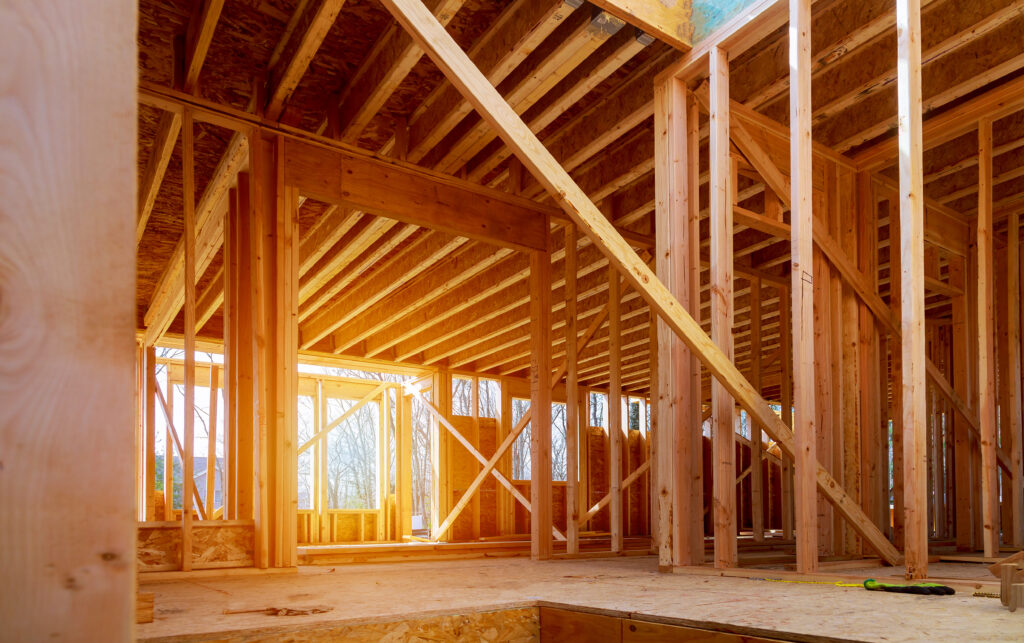NOTEBOOK – Six takeaways: Business Record’s 2021 Economic Forecast

BUSINESS RECORD STAFF Jan 29, 2021 | 3:55 pm
5 min read time
1,200 wordsAll Latest News, Economic Development, The Insider Notebook
COVID-19 recovery highlighted the Business Record’s 2021 Economic Forecast panel on Thursday.
For the first time in its nearly two-decade history, the Business Record’s annual Economic Forecast event was held virtually on Zoom. For those of you who couldn’t attend yesterday — and to recap for all who could — our staff writers gathered a few takeaways from a lively panel discussion.
The video above is the first question from yesterday’s event. We asked the panelists: “What is the most important thing Iowa businesses should know about the economy in 2021?”
Watch the first question here.
Panelists included:
- Scott Brown, senior vice president and chief economist, Raymond James.
- Debi Durham, director, Iowa Economic Development Authority and Iowa Finance Authority.
- Amy Friedrich, president, U.S. Insurance Solutions, Principal Financial Group.
- Ernie Goss, MacAllister chair in economics, Creighton University.
- Wil Osborn, chief business officer, Federal Home Loan Bank of Des Moines.
Here are six takeaways from our staff.
Schools need to reopen, employers need to be more flexible, two panelists say
It’s no secret that women have been disproportionately affected by the pandemic in terms of job loss. Last year in Iowa, more women filed for unemployment than men in the months of April through October. There are several reasons for this, one being that women work in hospitality, leisure and health care — industries hardest hit by the pandemic — at higher rates than men. Women also shoulder the bulk of the child care responsibilities. Both Debi Durham and Ernie Goss stressed the need for schools to reopen so women can return to work. Durham also called on employers to be more flexible with work-from-home policies. “We can do better with our employees.”
— Emily Blobaum
State can play more creative role for small business support initiatives, Friedrich says
While studies show that aid to small businesses offers the most direct support to regions, right now those businesses in rural Iowa are feeling overlooked, Amy Friedrich said. That could be an opening for state programs to creatively fill gaps. To address the sudden need for new cybersecurity education and protocols among small businesses with remote workers, the state might develop programs to offer technical expertise, for example. “It would take a while to get those to carry economic value, but in terms of long-term fueling the things we want, in the places we want to fuel it, that would be money and time well spent,” she added. “The way that federal and state and other programs support those businesses owners needs to be creative as well.”
— Kate Hayden
Banking sector is positioned to instill confidence as recovery continues — Wil Osborn
Unlike the recession of 2008-09, banks are in a much stronger position right now to engage consumers and help instill a sense of confidence as the economy continues to recover from the coronavirus pandemic, Osborn said. “We’re seeing businesses and consumers having a huge demand for cash and leaving money in the banks. In fact, nationwide savings deposits have grown almost $2 trillion, and as people are concerned about the future and want to have access to cash and not sure what to do, that’s left money in the banks,” he said. There are some key indicators people should watch in the banking sector as signs of returning consumer confidence, Osborn said. Two of those are changes in savings rates and deposit balance growth. “In this environment, what we see with the amount of money and liquidity that’s come to the banking sector is that as that confidence turns around, banking is not going to be a constraint on growth. Rather, it should be ready to support and invest in communities that have a decent story to tell and a good credit profile, and help us accelerate out of this environment as things start to turn.”
–Michael Crumb
Keep an eye on the 10-year Treasury rate, Goss says
Ernie Goss said the national debt and the federal deficit cannot be ignored. If the current rate of deficit spending continues, “I’m concerned that ultimately the U.S. could lose its status as a reserve currency,” he said. Although a cheaper dollar would boost exports, it would also cause interest rates to rise. “We’ll see higher interest rates in the future — we’ll see them as early as this year, in my judgment, and we’ll see them even more next year.” If China became the global reserve currency, there would be real danger there because of its history of manipulating its currency value, the economics professor said. “So keep an eye on the 10-year Treasury rate. If it should rise back to its average historical value of 3% to 4%, the debt service would be a big issue — and that’s private as well as public debt, by the way.”
–Joe Gardyasz
But don’t take away the punchbowl too soon, Brown warns
Scott Brown chimed in that the federal deficit is actually one of the few economic issues that don’t keep him up at night. “I don’t lose any sleep over the size of the federal budget deficit right now,” he said. “This is what you want to do in a major recession, a major pandemic. We saw this during the financial crisis of 2009 — we had a budget deficit of $1.4 trillion, 10% of GDP. We’ve exceeded that over the last year. But as the economy improved, the revenue started to come back and a lot of the recession-related spending on things like food stamps, unemployment insurance benefits, those are going to fade over time, and so the budget deficit will fall. The problem is that even before the pandemic, we were running a deficit on the order of $1 trillion a year, and that’s one of the little-perceived facts that the fiscal deficit expanded quite a lot over the first three years of the Trump administration. … Currently, the U.S. has no problem borrowing right now. One of my major concerns is that they take the punchbowl away too soon.”
— Joe Gardyasz
Where are products for new homes? Not in stores, says one panelist
Wil Osborn, chief business officer at the Federal Home Loan Bank of Des Moines, recently moved to the metro area. When he began looking for new appliances and furniture for his new home, he learned it would take several months for the products to be available. “When you try to find things for your home, there’s maybe a little bit of a hidden inflation because you can’t buy a refrigerator or sofa — they won’t be here for six or nine months,” Osborn said. The products aren’t available for at least two reasons, he and other panelists said. The pandemic has caused factories to be shut down in the U.S. and in other countries, prompting a supply shortage not only of the products but of the materials to make the products. Also, demand for the items has increased because of the record number of houses that were sold in the U.S. in 2020.
— Kathy A. Bolten
Click here to re-watch Thursday’s full 2021 Economic Forecast.
MORE NOTEBOOK ITEMS: Read more Insider bits and bites of the finer side of Iowa businessonline.










